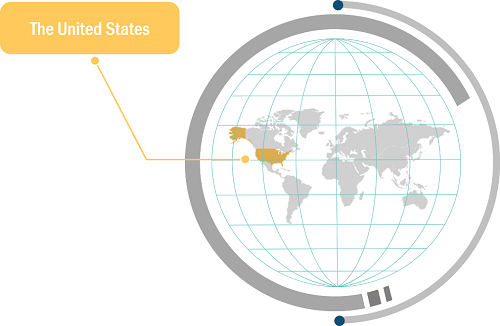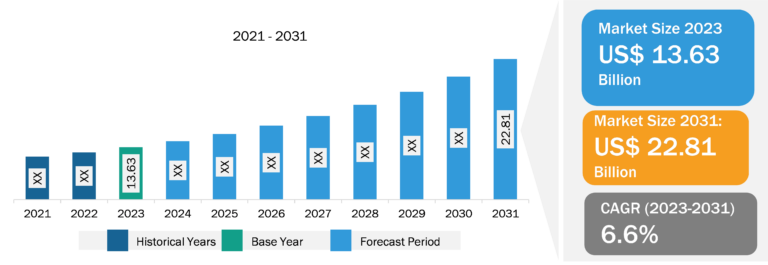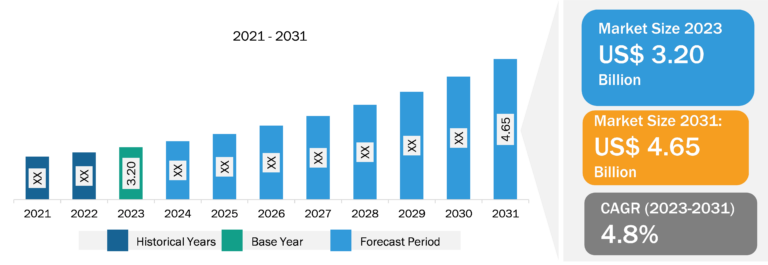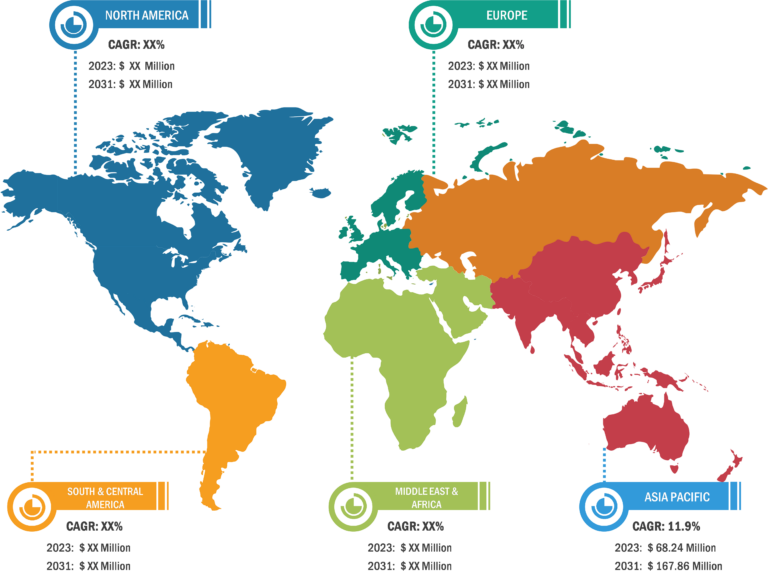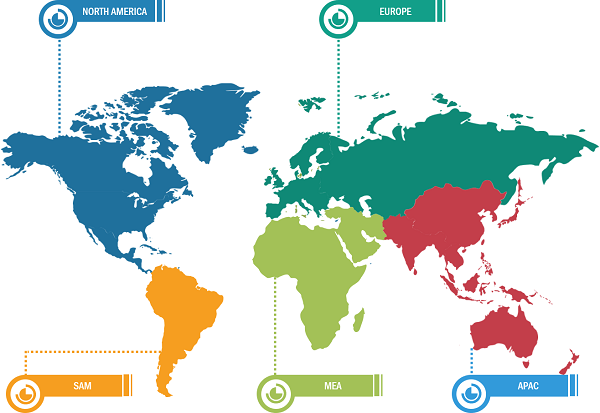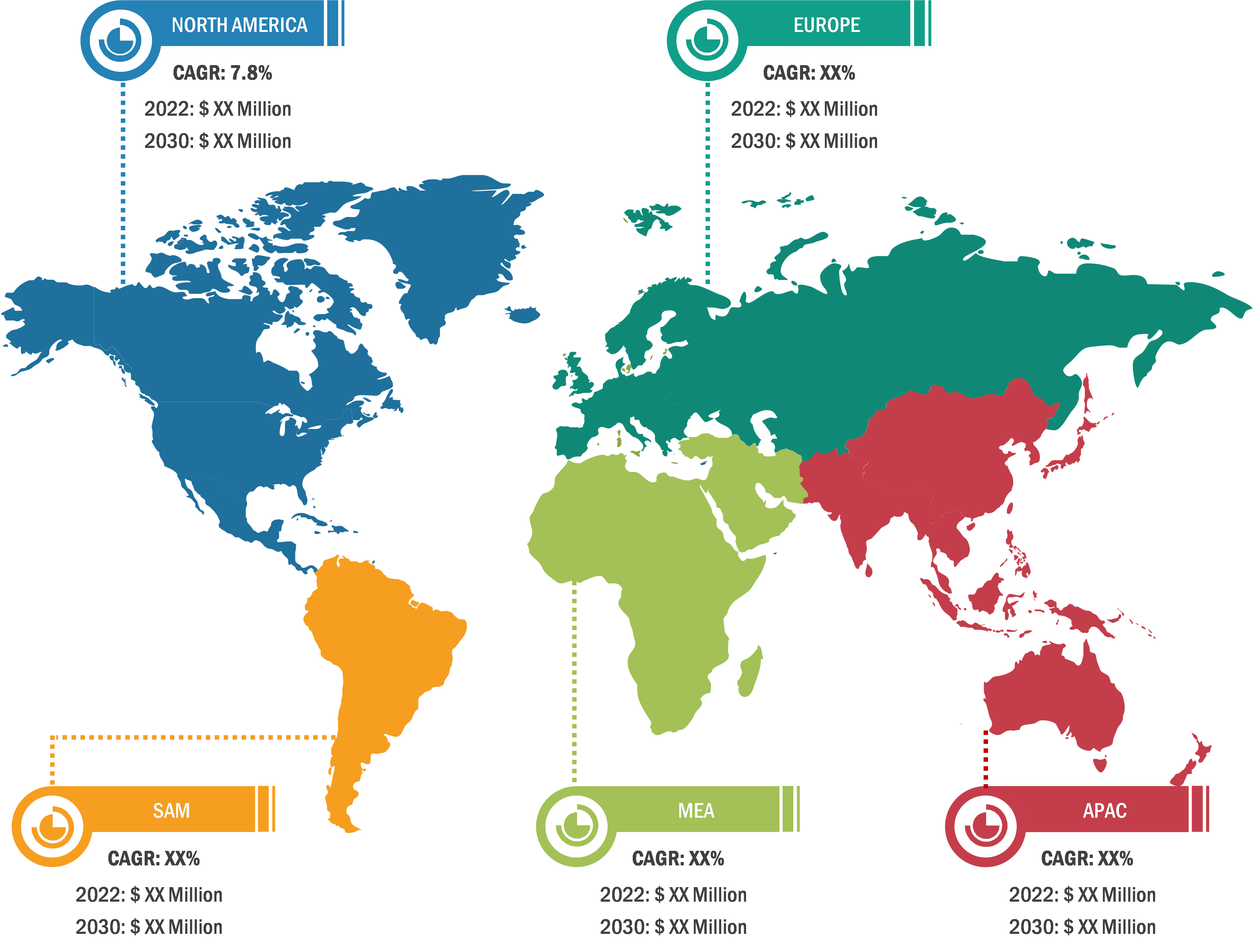
Brazed Plate Heat Exchangers Market
Increasing Government Initiatives for Energy Efficiency Drives Brazed Plate Heat Exchangers Market Growth
Governments of various countries across the globe are implementing stringent regulations in order to reduce greenhouse gas emissions and promote energy conservation. Stringent regulatory standards globally aimed at reducing energy consumption and environmental impact have compelled industries to focus on energy-efficient solutions. For instance, in March 2021, the European Union’s Energy Efficiency Directive set targets for improving energy efficiency, prompting industries to adopt technologies such as brazed plate heat exchangers. Governments of various countries offer financial incentives, such as tax breaks and rebates, to businesses and homeowners that invest in energy-efficient upgrades. It is making brazed plate heat exchangers more affordable and attractive to consumers. These government bodies are also conducting awareness campaigns and programs to educate consumers about the benefits of energy efficiency. This helps increase demand for brazed plate heat exchangers as consumers are becoming increasingly aware of the cost savings and environmental benefits of these products. For example, the US Department of Energy’s (DOE) Industrial Technologies Program provides funding for research and development of new energy-efficient technologies, including brazed plate heat exchangers. The DOE also offers financial incentives to businesses that invest in energy-efficient upgrades. Also, the Indian government’s National Mission on Energy Efficiency (NMEEE) aims to reduce India’s energy consumption by 20% by 2030. The NMEEE includes a number of initiatives to promote energy efficiency in various industries, buildings, and transportation sectors. This is driving the demand for energy-efficient heat exchangers, such as brazed plate heat exchangers, across all sectors of the Indian economy. Thus, increasing government initiatives for energy efficiency drive the brazed plate heat exchangers market.
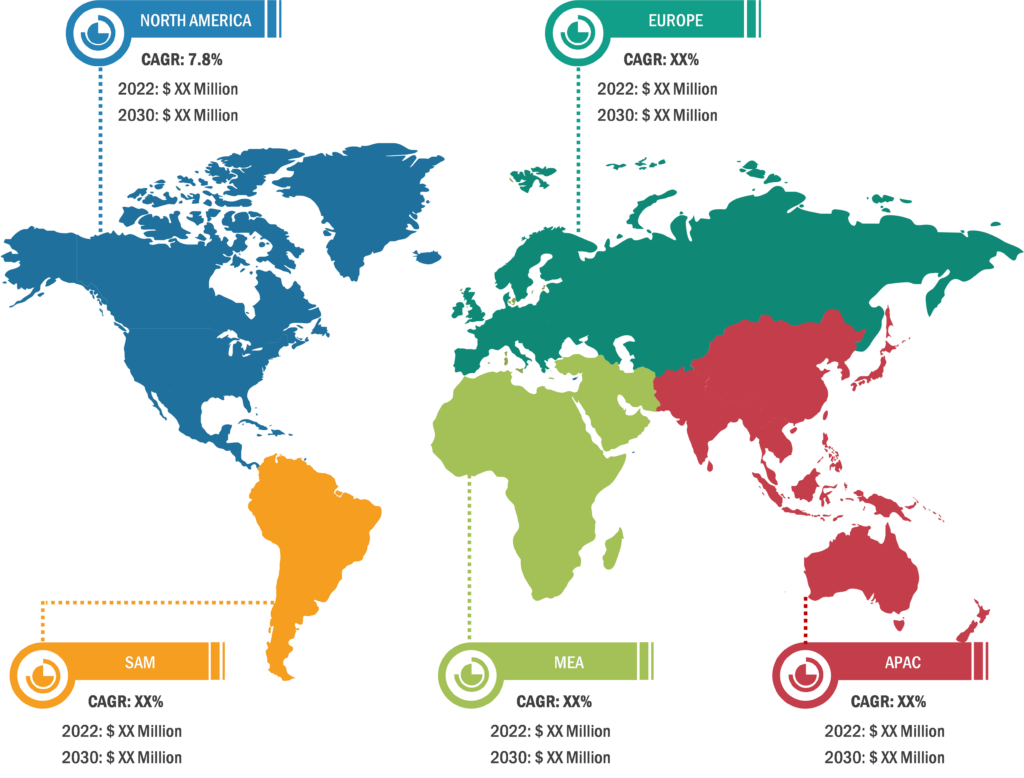
Brazed Plate Heat Exchangers Market: Segment Overview
The brazed plate heat exchangers market is segmented on the basis of product, application, end use industry, and geography. Based on product, the brazed plate heat exchangers market is bifurcated into a single circuit and multi-circuit. The multi-circuit segment held a larger share of the brazed plate heat exchangers market in 2022. In terms of application, the market is segmented into condenser, economizer, evaporator, and others. The evaporator segment held the largest share in the brazed plate heat exchangers market in 2022 and is expected to continue its dominance over the forecast period. Based on end use industry, the brazed plate heat exchangers market is categorized into HVACR, chemicals, food & beverages, power, heavy industries, IT & telecommunication, and others. The HVACR segment held the largest share in the brazed plate heat exchangers market in 2022. Geographically, the brazed plate heat exchangers market is segmented into five major regions—North America, Europe, Asia Pacific (APAC), the Middle East & Africa (MEA), and South America (SAM).
In 2022, APAC held the third largest share of the global brazed plate heat exchangers market, followed by Europe and North America. The brazed plate heat exchangers market in Asia Pacific is segmented into Australia, China, India, Japan, South Korea, and the Rest of APAC. The demand for brazed plate heat exchangers in the region has been on the rise. APAC is home to a few of the world’s most populous countries, and there has been a surge in industrial growth. Various manufacturers of brazed plate heat exchangers have standardized their brazed plate heat exchangers with several certifications. For instance, as of April 2022, Kaori Heat Treatment Co Ltd has successfully passed the Italian DM n.174/2004 water quality certificate. The certification process is completed through an authorized ICIM agency. The certification process is applicable to standard products, adopting high-quality stainless steel and high-purity copper as base materials, passing strict water quality standards after particle analysis, and ensuring the safety of the users.
In 2020, the South Korean government declared a goal of achieving carbon neutrality by 2050 in order to shift its energy sector from its current reliance on fossil fuels and energy imports. To boost the transition to low-carbon energy, the South Korean government plans to dramatically increase the utilization of renewable energy sources in electricity supply, gradually phase out coal, significantly improve energy efficiency, and nurture the country’s embryonic hydrogen industry. The brazed plate heat exchangers help reduce energy consumption, increase heat recovery potential, and resolve space and bottleneck issues in renewable energy plants. Thus, the growing emphasis on renewables propels the brazed plate heat exchangers market growth. Moreover, the growth of the food & beverages industry in South Korea is propelling the adoption of refrigeration systems for storage purposes. For instance, in July 2023, McDonald’s Corporation, an American multinational fast-food chain, increased the number of its outlets in South Korea by 25% to deal with intensifying competition in the domestic burger industry. Thus, the rise in such expansion strategies is propelling the adoption of brazed plate heat exchangers in the food & beverages industry of South Korea.
Brazed Plate Heat Exchangers Market: Competitive Landscape and Key Developments
Alfa Laval AB, API Heat Transfer Inc, Baode Heat Exchanger Equipment Co Ltd, Chart Industries Inc, Danfoss AS, Hisaka Works Ltd, Kelvion Holding GmbH, Paul Mueller Co, SWEP International AB, and Xylem Inc are among the leading brazed plate heat exchangers market players. Several other major companies have been analyzed during this research study to get a holistic view of the brazed plate heat exchangers market ecosystem. Various other companies are introducing new product offerings to contribute to the brazed plate heat exchangers market size proliferation. Numerous other important brazed plate heat exchangers market players were also analyzed during this market research to get a holistic view of the global brazed plate heat exchangers market and its ecosystem. The leading brazed plate heat exchangers market players focus on feature upgrades, expansion and diversification, collaboration, and acquisition strategies, which enable them to grab new business opportunities.
- In June 2023, Danfoss expanded its heat exchanger production capacity in response to heat pumps, chillers, and district energy. The Danish manufacturer claims to have substantially expanded its production of brazed-plate heat exchangers in China and Slovenia. In addition, Danfoss invested in propane test facilities in France and further expanded its range of R290 microplate brazed plate heat exchangers.
- In March 2022, SWEP, one of the world’s leading suppliers of compact brazed plate heat exchangers (BPHEs), announced the expansion of its All-Stainless range by introducing the B222 large-size model.

